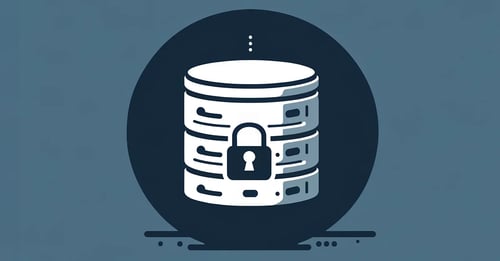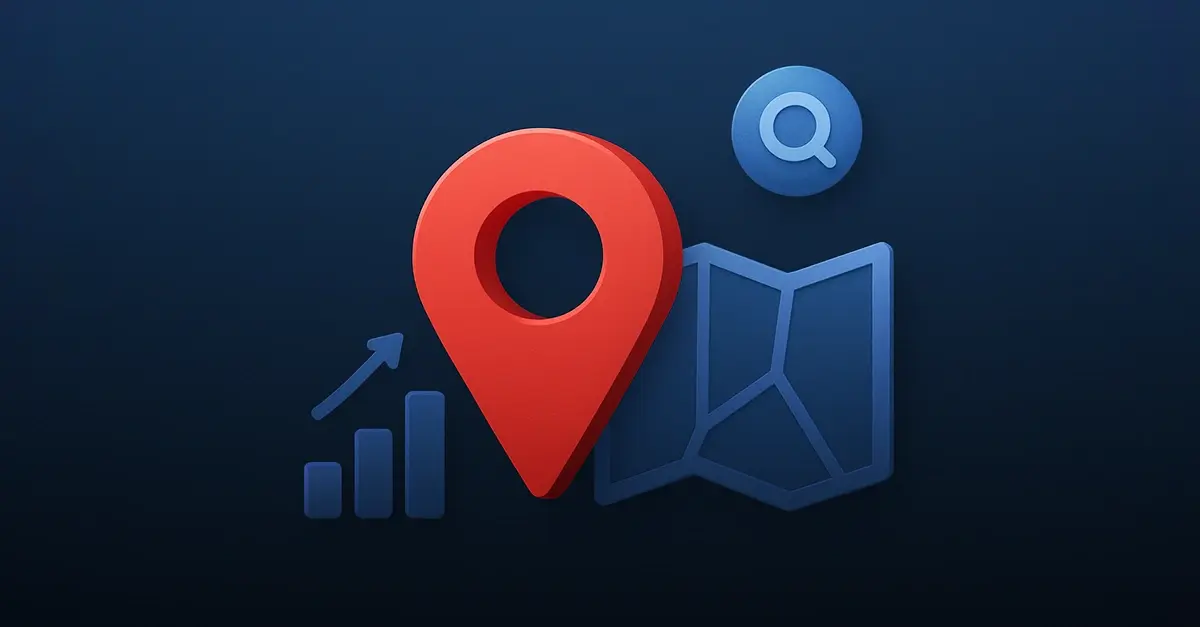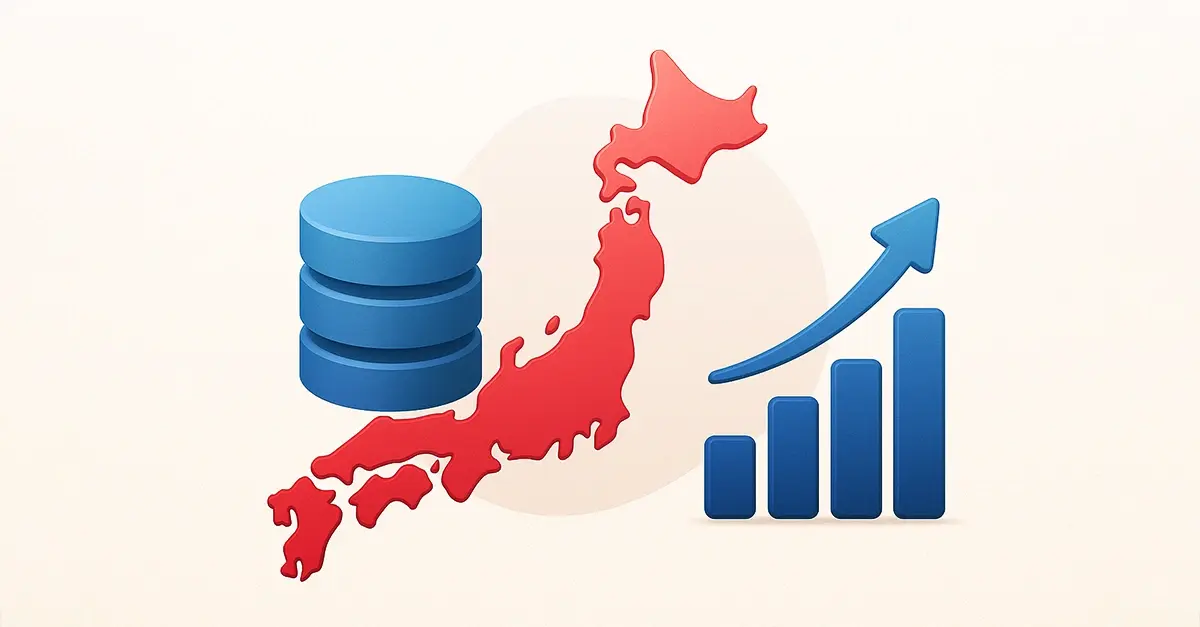In today’s digital age, where every click, search, and purchase leaves a digital footprint, data has become super important for businesses.
Amid growing concerns over identity theft, data breaches, and a heightened emphasis on user privacy, the importance of data management has never been more vital.
This has put a spotlight on the different types of data that businesses can leverage, with a special focus on first-party data.
In this article, we will be shining a light on first-party data, which is the information you collect directly from your engagement with your customers and prospects.
Unlike its second-party and third-party counterparts, first-party data holds the promise of accuracy, relevancy, and compliance, making it very important in developing personalized customer experiences and strong marketing strategies.
From the basics of what first-party data is about, its examples, and applications, to overcoming challenges and examining its relationship with second and third-party data, this comprehensive article aims to equip you with the knowledge needed to harness the power of data effectively.
Join us as we explore the intricacies of first-party data and its pivotal role in driving privacy-conscious, customer-centric business growth in the digital age.

What is First-Party Data?
First-party data is the information that a company collects directly from its sources about its customers, users, prospects, or audience, without the aid of a second or third party. This data is gathered from interactions and engagements that someone has with your company's products, services, websites, apps, social media, customer service, and other touchpoints.
First-party data can include a wide range of information, such as; personal details, contact information, behavioral data, and engagement data.
You can use first-party data to gain insights into your customer base, personalize experiences, tailor marketing strategies, and improve products or services.
Unlike second-party or third-party data, first-party data is considered more reliable and valuable because it comes directly from the source, and you have complete control over its collection, usage, and security. This data also ensures compliance with privacy regulations, since it is collected with the approval of individuals.
Examples of First-Party Data
Below are some examples of first-party data and how they can be used:
- Website Analytics
Data collected through website analytics tools, like Google Analytics, provides insights into user behavior on your website. This can include pages visited, time spent on the site, and the user's journey through the website.
Such data helps in optimizing website layout, improving content strategy, and enhancing the overall user experience. - Customer Purchase History
Information about what your customers have bought, including when and how often, allows you to understand purchasing habits.
This data can be used for personalized marketing, such as; recommending related products or sending targeted offers based on previous purchases. - Customer Feedback and Surveys
Direct feedback from customers through surveys, feedback forms, and reviews provide qualitative data about their preferences, pain points, and experiences with your brand.
This first-party data is important for improving product quality, customer service, and addressing specific customer needs. - Email Interaction Data
When customers sign up for your newsletters or email updates, their interactions with these emails (open rates, click-through rates, etc.) provide insights into the type of content they find engaging. Tailoring email campaigns based on these interactions can significantly improve engagement and conversion rates. - Social Media Engagement
Analyzing how users interact with your posts on social media platforms (Likes, Shares, Comments, Direct Messages, etc.) offers a glimpse into the types of content that resonate with your audience.
This enables you to refine your social media strategy to boost engagement and reach. - CRM Data
Customer Relationship Management (CRM) systems gather data on every interaction a customer has with your brand, from initial contact through to sales and post-sales support.
This data can help in creating a 360-degree view of your customer, allowing for personalized marketing and better customer service. - Subscription and Registration Data
When users subscribe to your service or register on your website, the information provided (i.e. interests, preferences, and demographics) can be a goldmine for segmenting your audience and creating tailored marketing campaigns.
Utilizing first-party data effectively allows businesses to create more personalized, relevant experiences for their customers, improving satisfaction and loyalty.
First-Party Data Strategy
A first-party data strategy is the methods and tools you use to collect, analyze, and apply data gathered directly from your interactions with customers.
With the phasing out and restrictions on third-party cookies by the likes of Google and others, focusing on first-party data has become increasingly important for anyone aiming to understand and engage their customers effectively.

Importance of First-Party Data Strategy
Privacy Compliance
As regulations like GDPR in Europe and CCPA in California tighten the legal framework around personal data, first-party data provides a safer harbor since it's collected with user consent.
Customer Insights
Directly gathered data offers unfiltered insights into customer behavior, preferences, and needs, allowing for more accurate and personalized marketing and product development.
Competitive Advantage
Utilizing first-party data effectively can offer businesses a unique insight into their customers, setting them apart from competitors relying on less accurate, third-party data sources.
Cost Efficiency
While collecting and analyzing first-party data requires an initial investment, over time, it can be more cost-efficient than buying third-party data, which is often less relevant and more generic.
Components of a First-Party Data Strategy
- Data Collection
Implement mechanisms on your platforms (websites, apps, etc.) to gather data. This involves setting up tracking for user interactions, transactions, and behaviors. Ensure you are transparent with users about what data is being collected and for what purposes. - Data Management
Organize the collected data in a structured way that makes it accessible and useful. This often involves using a customer data platform (CDP) to unify customer data into a single customer view. - Privacy and Consent
Develop clear policies and tools for managing user consent, respecting user privacy choices, and adhering to relevant data protection regulations. - Analysis and Insights
Utilize analytical tools to derive actionable insights from your data. This involves not just looking at what your customers are doing, but understanding why they are doing it. - Activation
Apply the insights gained from your data analysis to make informed decisions and to tailor your marketing, sales, and product development efforts.

Challenges Facing First-Party Data Collection
- Data Silos
Data silos prevent a unified view of the customer by scattering data across various channels and systems. - Technical Investment
Building or acquiring the right technologies to handle data collection, management, and analysis can be costly and complex. - Skill Gaps
Successfully implementing a first-party data strategy requires skills in data science, analytics, and marketing technology.
7 ways to Collect First-Party Data
Collecting first-party data is a smart move that will enable you to gather information directly from your audience, without relying on a third party.
Collecting and analyzing first-party data is essential if you are seeking to personalize your marketing efforts and make more informed decisions. If you want to effectively collect first-party data, here's how:
- Website and Mobile Analytics
Use analytics tools on your website and mobile apps to collect data on how users interact with your platform. Tools like Google Analytics provide comprehensive insights into user behavior. - Subscription Forms and Newsletters
Invite visitors to subscribe to newsletters or sign up for account creation on your site. With this, you will be able to gather data, such as; name, email address, and other relevant information that users are willing to provide. - Customer Feedback and Surveys
Direct feedback from customers through surveys or feedback forms can provide invaluable data. - Social Media Engagement
Monitor and engage with your audience on social media platforms. Study engagements, comments, and shares to understand your audience’s preferences, and encourage them to connect with your brand directly through these platforms. - Events and Webinars
Hosting events, webinars, or online workshops is a great way to collect first-party data. Registration forms can gather detailed information about the participants, including their interests and engagement levels. - Privacy and Transparency
Ensure that you are clear about how you plan to use the data. Being transparent and sticking to privacy regulations not only builds trust but is also a legal necessity. Comply with regulations, such as; GDPR and CCPA to safeguard personal information. - Use of CRM and DMP
Integrate a Customer Relationship Management (CRM) system or a Data Management Platform (DMP) to store, organize, and analyze the data collected. These platforms can help segment audiences and personalize communications based on the collected data.
First-Party Data Marketing
First-party data marketing has emerged as a vital strategy for businesses seeking to build closer relationships with their customers, foster brand loyalty, and optimize their marketing efforts.
With the advent of stricter privacy regulations and the deprecation of third-party cookies, marketers are turning more towards the rich, consent-based information that first-party data provides.
Let’s delve into what first-party data marketing involves, its benefits, challenges, and best practices for leveraging this valuable resource.

Why is First Party Data Marketing Important?
- Privacy Compliance
At a time where privacy concerns are paramount, first-party data is collected with consent, making it more compliant with regulations. - Relevancy and Personalization
By leveraging first-party data, you can tailor your messaging, offers, and content to meet the specific needs and preferences of your audience, resulting in more effective and engaging marketing. - Customer Relationships
First-party data allows for deeper insights into customer behavior and preferences, enabling you to build more meaningful and lasting relationships. - Cost Efficiency
Since first-party data is collected and owned by you, your dependency on buying data from third parties will be reduced.
Understanding First-Party Data Enrichment
First-party data enrichment is the process of improving the data collected from your audience or customers by incorporating new insights. This change improves the data by offering more comprehensive insights into consumer behavior, preferences, and possible needs.
For instance, a business might enrich its customer profiles by integrating data from a recent survey about shopping preferences or lifestyle choices.
By doing this, companies can create more nuanced customer segments, tailor marketing campaigns more effectively, and improve product development to meet the specific needs of different customer groups.

First Party Intent Data
First-party intent data refers to the information that a company collects on its own platforms which indicates a user's intention to make a purchase or engage with a brand in a specific way.
For example, if a customer spends a significant amount of time on a particular product page, you could follow up with targeted advertisements, special offers, or personalized emails regarding that product.
By acting on intent data, you will be able to increase conversion rates, enhance customer satisfaction, and boost loyalty.
Understanding Second-Party Data
Second-party data is basically someone else's first-party data that you obtain directly from the source. This type of data is gathered directly by a non-competing organization from their audience or customers through interactions on their website, app, or through transactions and surveys.
The primary trait of second-party data is the trust and mutual benefit between the two parties involved.
For example, two companies might agree to share their first-party data because they serve similar target audiences, but do not compete directly.
This arrangement allows both parties to enrich their understanding of their customers, improve targeting for marketing campaigns, and potentially uncover new opportunities.
Advantages of Second-Party Data
- Highly Relevant
Because it's directly sourced and shared based on mutual interests, it's generally more relevant than third-party data. - Trustworthy
It maintains a level of trust, as it involves direct relationships between the data provider and receiver.
Limitations of Second-Party Data
- Scale
It may not offer the same level of scale as third-party data, being limited to the reach of the data-sharing partner. - Availability
Finding and establishing a second-party data relationship can be challenging, depending on your industry and the data you are interested in.
What is Third-Party Data and How does it Work?
Third-party data is collected by entities that do not have a direct relationship with the user whose data is being collected.
This type of data is typically aggregated from various sources by data providers or aggregators, who then sell or license it to other businesses.
The appeal of third-party data lies in its depth and variety, enabling companies to gain insights into audiences beyond their immediate reach.
It's particularly valuable for broadening target segments, improving audience targeting in advertising campaigns, and conducting market analysis.
Advantages of Third-Party Data
- Scale
It offers access to a vast pool of data, spanning a wide array of users and behaviors. - Accessibility
Third-party data is easily purchased or licensed from data providers, making it convenient to obtain.
Limitations of Third-Party Data
- Accuracy and Relevance
The quality and relevancy of third-party data can be variable, depending on the sources and aggregation methods used. - Privacy and Regulation
The use of third-party data is heavily scrutinized under data protection laws like GDPR in Europe and CCPA in California, requiring careful management to ensure compliance. - Cost
Acquiring third-party data can be expensive, and the return on investment is not always clear.
What are the Similarity and Difference of First- and Third-Party Data
First-party data and third-party data are terms that refer to the origin of data and how it is collected in the digital advertising and marketing realms.
While both types are critical for businesses to understand their customers better, tailor their offerings, and target their advertising efforts, they come from different sources and have unique characteristics, uses, and considerations.
Here's a breakdown of their similarities and differences:
Similarities
- Aids Marketing Efforts
Both types of data are instrumental in enhancing marketing strategies. They are used to understand consumer behavior, segment audiences, and tailor marketing campaigns to increase their effectiveness. - Digital Advertising
First-party and third-party data play crucial roles in digital advertising. They are used to target and retarget ads to specific user segments across the internet. - Data Analysis and Insight
Both data types are valuable for analyzing trends, customer preferences, and behaviors. Businesses leverage them to gain insights that inform product development, customer experience strategies, and personalized content creation.
Differences
- Source of Data
First-party data is collected directly by the organization from its customers or users.
While third-party data is bought from outside sources that are not directly collected by the company using the data. - Privacy and Trust
First-party data is generally considered more secure and privacy-compliant because it's collected with the user's consent and directly from them.
On the other hand, third-party data, while valuable, has faced increasing scrutiny regarding privacy concerns.
The use of third-party cookies, for instance, has been restricted by many browsers due to privacy issues, affecting how this type of data is collected and used. - Compliance and Regulation
The collection and use of first-party data are generally subject to strict privacy regulations, but because the data is collected with consent, compliance is more straightforward.
Third-party data is also regulated, but due to its nature, ensuring compliance can be more complex.
Businesses must rely on their data providers to adhere to privacy laws and standards, adding a layer of risk.
As privacy concerns grow and technology evolves, the value and use of these data types will continue to shift, making it vital for businesses to adapt their strategies accordingly.
The direct relationship between companies and their customers, fostered through the ethical collection and utilization of first-party data, offers a blueprint for sustainable growth, enhanced customer satisfaction, and regulatory compliance.
By embracing first-party data, organizations can navigate the challenges of the digital age with greater agility and confidence, ensuring personalized experiences for their customers while adhering to the highest standards of data privacy and security.





Comments